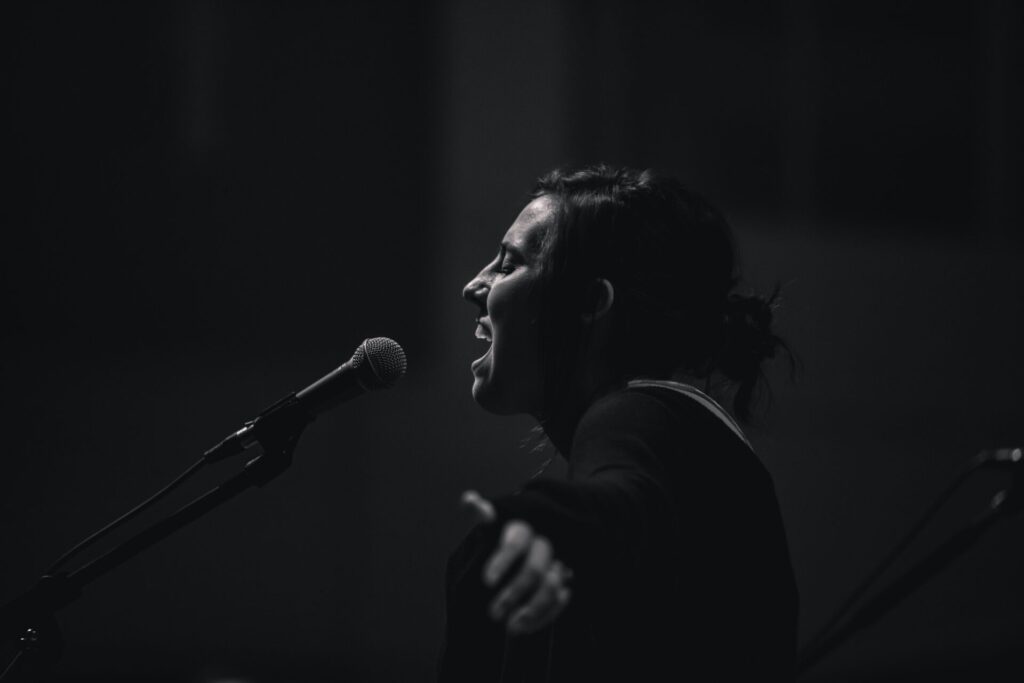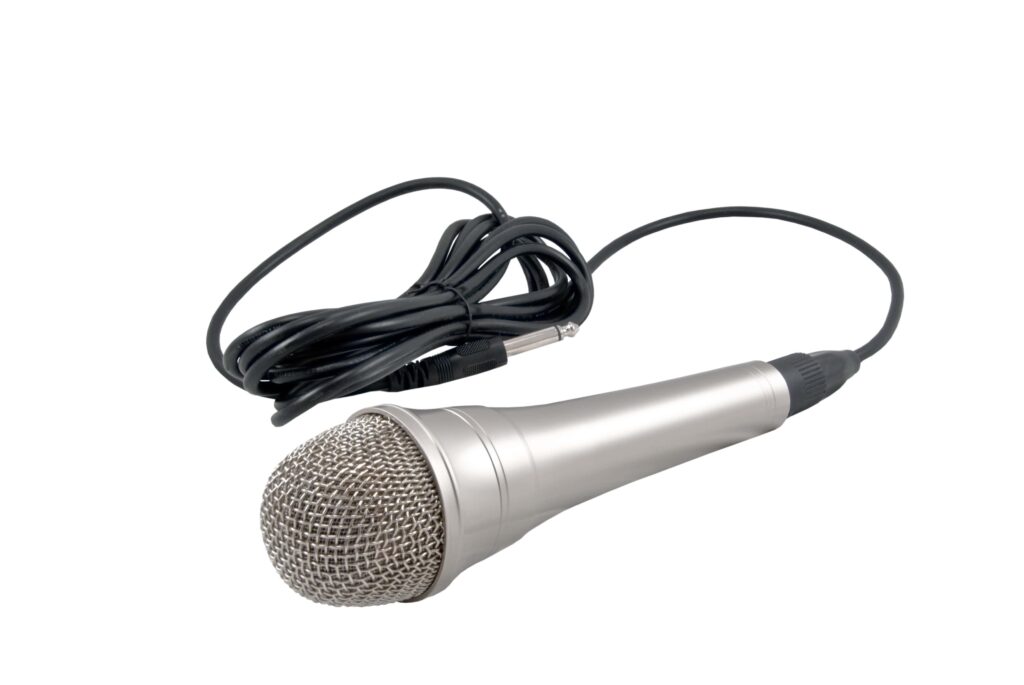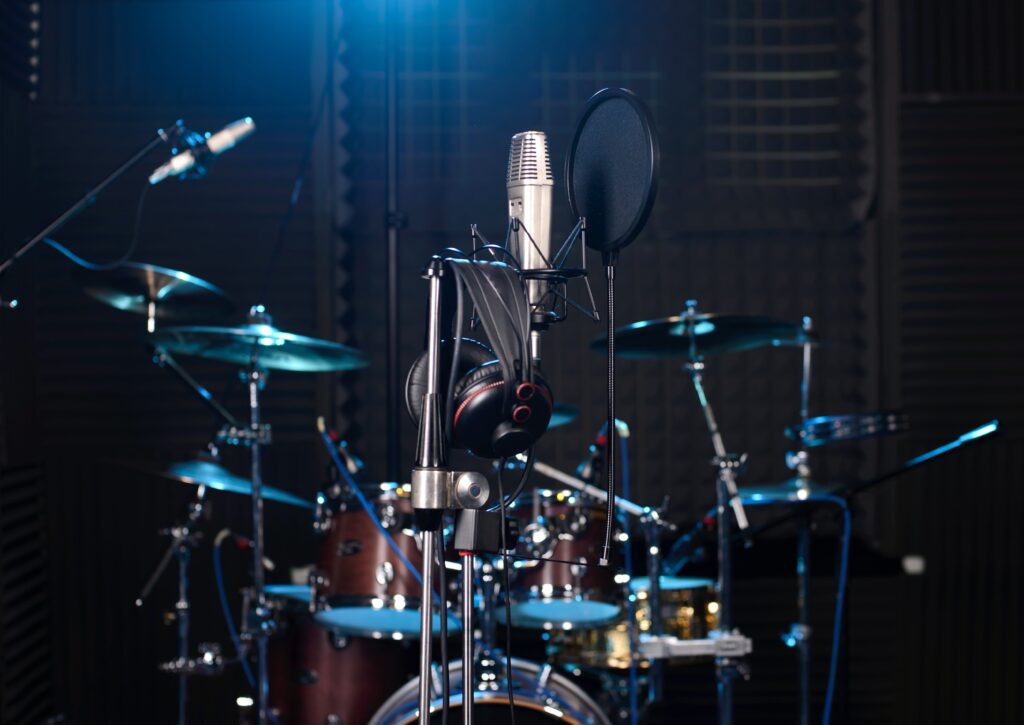Everyone has a different voice, and choosing the best microphone for singing is very important for your music career. Before adding any fancy effects to your game, ensure the microphone you select matches your voice and takes it to the next level. The right microphone is more than just a tool to make yourself a good singer. Singers rely on these little gear to capture the finer details of their recordings. You should choose a microphone that matches the tone and quality of your voice and how and where you intend to use it.
This guide is designed to help singers who are serious about making music and want to take their skills to the next level. Finding the right microphone for singing can be crucial, but it can also be time-consuming and often confusing.
Here are some characteristics to look for in your mic shopping:
Studio or Stage Purpose?
Choosing a microphone for a live performance or recording at home or in the studio is one of the first decisions you’ll have to make. Many microphones are equally suitable for use on stage or in the studio, but it’s a good idea to consider where you’ll use them most often before purchasing. Engineers design most microphones for a specific purpose, although some can be used live and on recording.
Read on: The Best Microphones for Singers who are Performing on Stage
Budget of microphone for singing
A microphone can cost anywhere from several hundred to thousand dollars. This is a myth; only expensive microphones provide superior durability and sound quality. On the other hand, there are also fantastic low-cost solutions that offer outstanding value. When choosing a microphone, consider what features are needed for your needs and your budget.
Frequency Response & Vocal Range
A singer’s vocal range is the range of fundamental frequencies that he can sing. These ranges are made according to the unique needs of singers, such as soprano, bass, baritone, alto, tenor, etc. E2 has a fundamental frequency of 82 Hz and is the lowest note in the lowest vocal range. With a fundamental frequency of 1319 Hz, the highest note of the maximum vocal range is E6.
Humans can hear from 20 Hz to 20 kHz, and human speech ranges from 82 Hz to 10 kHz. So, make sure your microphone is designed to cover this range. Ensure your microphone covers the desired range by checking its frequency response!
Haptic feedback
Microphones with haptic feedback help consumers feel safe when using them. The XLR connector itself can be a weak point in use. When you connect a microphone, you should feel secure in the knowledge that the connection is sealed and produces both an audible and tactile “click.”
Dynamic vs. Condenser Microphones
Dynamic microphones and condenser microphones are the two main types of singing microphones. For studio recording sessions, consider using condenser microphones; they are more sensitive and produce more detailed and accurate sound. If you are going live, buy dynamic microphones; they are stronger and more durable. Consider each microphone according to your unique requirements.
Proximity Effect
The proximity effect in directional microphones causes the microphone’s bass to increase as the sound source gets closer to the microphone. While the proximity effect can quickly ruin the sound, it can also help vocals sound warmer and more powerful in the lower frequencies. Choosing a microphone that will sound great from a distance is very important for singing. Selecting a microphone with a built-in high-pass filter will also help with vocals, as it will counteract the proximity effect and help limit the amount of low-frequency frequencies.
Sound Pressure Level (SPL)
The maximum sound pressure level (SPL) that a microphone can withstand without distortion is called its maximum SPL. Make sure your microphone can handle the received level without distortion so you can be sure you’re getting a clean, clear recording. High sound pressure levels can be recorded with most modern microphones. A loud guitar amp or a powerful snare drum are two examples of high SPL sources.
Build Quality & Durability
The internals and quality of the microphone body significantly impact the sound quality of your recordings. This is one of the main items you must pay more for. Over time, purchasing quality equipment, including microphones, will save you money. Regular use makes a higher-quality microphone less likely to break and require replacement than a less expensive model.
How to Test Microphones for Singing
Test your microphone before purchasing; make sure you’re getting a microphone that suits your voice and style. Here are some tips for testing your microphones:
Test in various environments: Try using it in different settings to evaluate a microphone’s sound quality, frequency response, and feedback resistance. To learn how a microphone works in different environments, sing in a large hall, a quiet room, and an open space.
Compare and contrast: Test several microphones to compare and evaluate their performance. This will allow you to determine which microphone best suits your needs and make an informed choice.
Consider your microphone position for singing: Try different positions to see how it affects sound reproduction. Experiment with different heights, angles, and distances to determine the best position for your singing style.
Know your unique singing style: To choose the right type of microphone for your singing style, consider the range, tone, and power of your voice. Condenser microphones capture the fine details and nuances of soft vocals, while dynamic microphones are best for singers with strong, loud voices.
We hope you found this post helpful in choosing the best microphone for your needs and singing style. If you need help figuring out where to start, focus on the previous steps and ask questions. This will help you find the perfect singing microphone to suit your needs.
And always remember that satisfaction with how your voice sounds is the most crucial factor when choosing a microphone. You can visit our music store and learn more about the variety and best microphones for singing.




